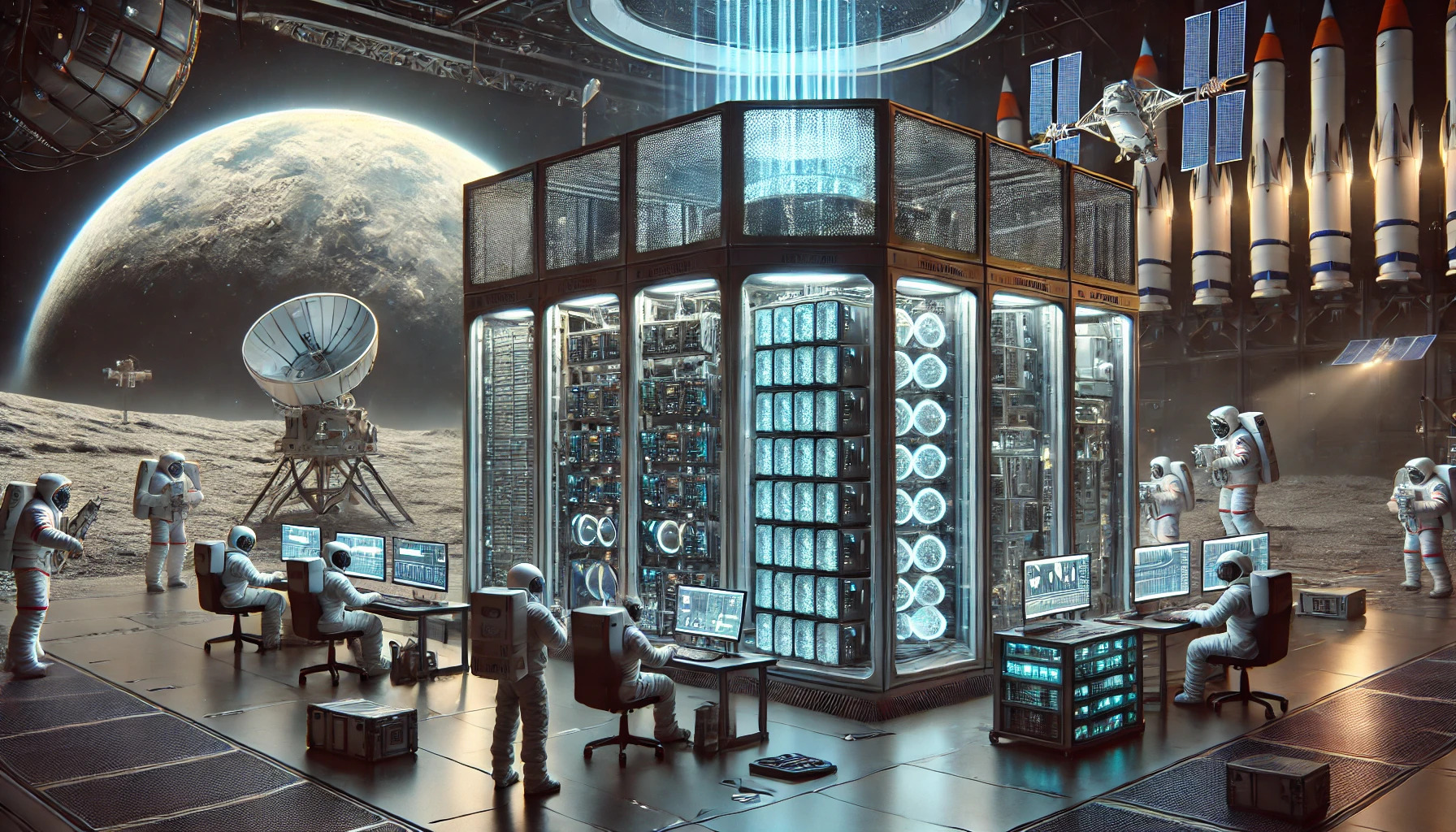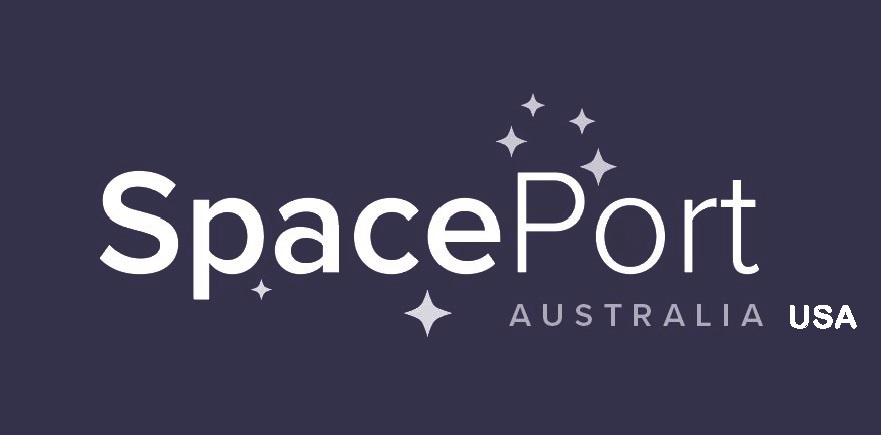Lunar Laptop Project

Radiation protected computing for the space environment
The space environment is incredibly harsh on Earth-based electronics, which are subject to radiation from spaceflight. Single-board computers, such as Laptops, performing processor-intensive applications such as Artificial Intelligence, Large Language Models, and graphics processing require terrestrial computers built after 2014. Relying on cloud-based computing access from space is challenged by prohibitive communication delays. For exploration class space missions (ECSM) beyond Low Earth Orbit (LEO), crew, passengers, and colonies will require computing support that is robust, resistant to radiation, and able to meet the NASA CRIT (Critical) 1 hardware and software requirements for deep space.
Spaceport Australia Pty Ltd has programmed a PIC 64 radiation-resistant processor that can withstand a Carrington Level Solar Particle Event and Galactic Cosmic radiation. It is confident that it will meet specification testing (USA) MIL PRF 38535 and 883 standards. The system in design has the potential to provide navigation, general computing, personal, medical, life science research, and all other computer support, with redundancy for reliability.
- Investment for final design, material [casing] testing, development and testing, manufacture of human computer display interface(s), access for personal device(s).
- Return: % share of final product and sales commensurate to the level of investment to a maximum of 49% shareholding.
Note: EOI is for interested investors, not a call for a projects. Thank you for your understanding.
